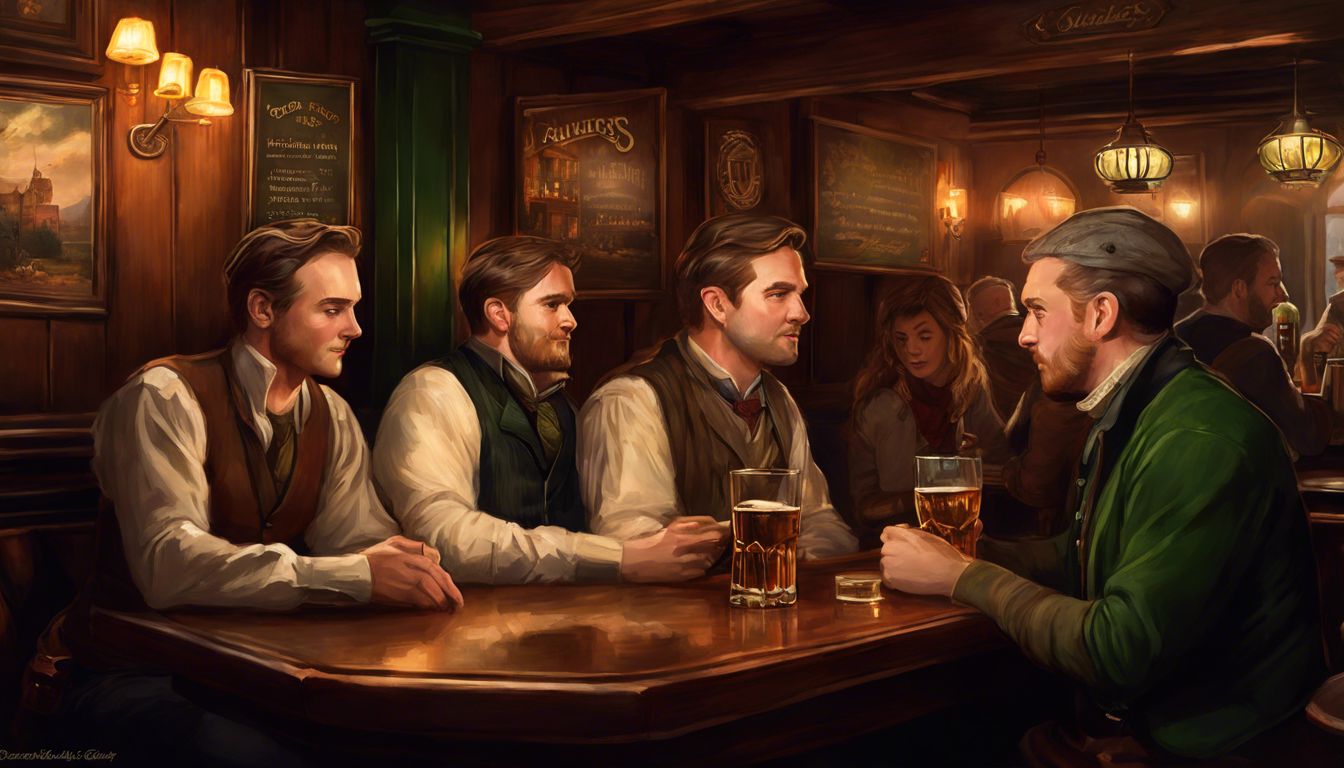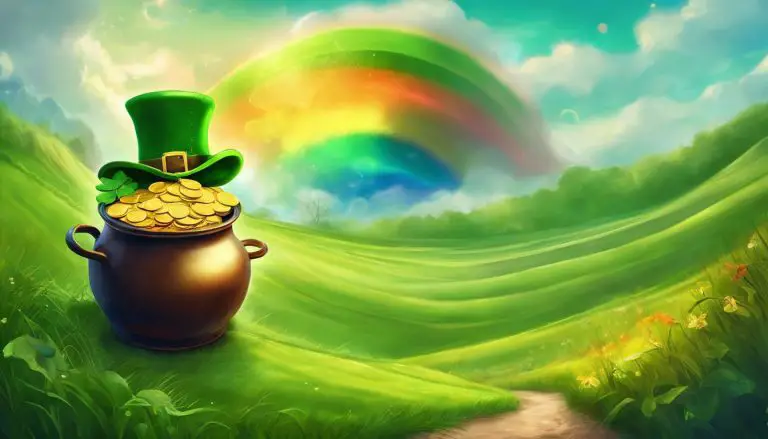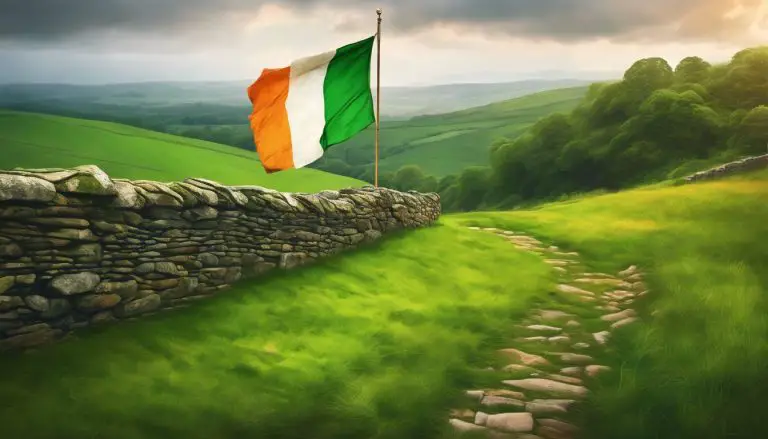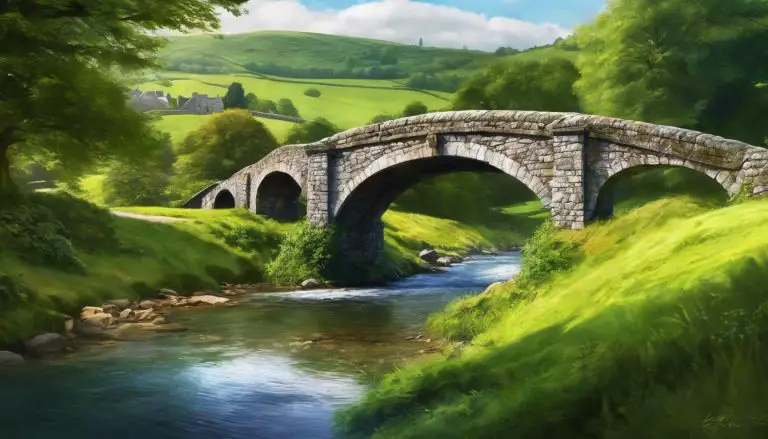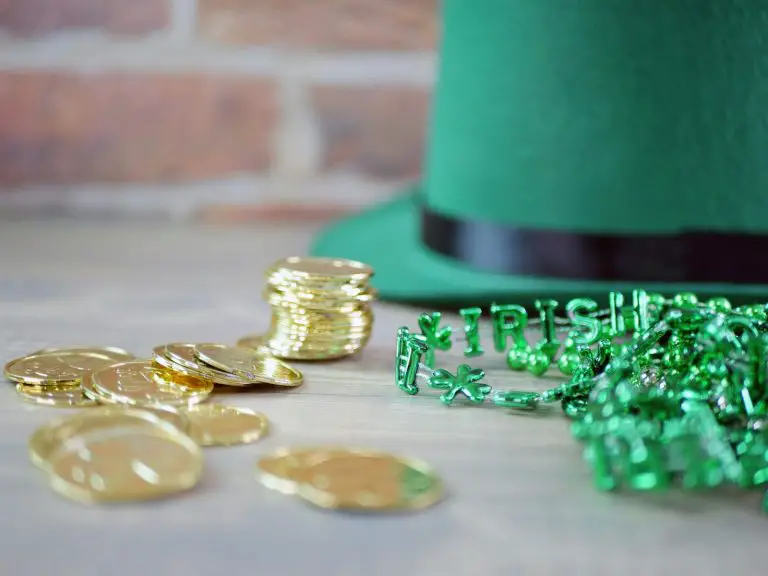What Is Black Irish? Exploring the Origins and Meaning
Have you ever heard about Black Irish people? They are Irish folks with dark hair, deep brown eyes, and tan skin. Some say the Black Irish came from Spanish sailors who crashed in Ireland long ago.
People think these Spaniards married Irish people, which is why some Irish today have darker features. But this might not be true! The dark looks of Black Irish may really come from old inhabitants of Ireland, not Spain.
This idea makes many curious about where the Black Irish really came from. It’s a popular topic outside of Ireland too. When we talk about Black Irish now, it often means anyone with an Irish background who has those same dark traits.
Legends and stories add to the mystery behind the term “Black Irish.” There’s more to explore on how they became part of Ireland’s history. This article will take us through their story and try to figure out their real roots.
Let’s uncover this complex history together!
Key Takeaways
- “Black Irish” describes Irish people with dark hair and a darker complexion, different from the lighter features commonly seen in Ireland.
- Legends say that the Black Irish come from Spanish sailors shipwrecked in the 1500s, but genetic studies suggest their dark traits may come from ancient Ireland instead.
- The term is used to show diversity within Irish ancestry and has become a pride symbol for those of Irish descent with these features outside of Ireland.
- The origin of Black Irish traits is debated, with some linking it to Norman invaders or survivors of the Spanish Armada; however, evidence points to Neolithic roots.
- Interest in the Black Irish sparks discussions about ethnicity and genetics among people who look into their family background and Ireland’s history.
The Origins of the Term ‘Black Irish’
Explore the myths and folklore surrounding the term, as well as the Spanish origin theory and genetic studies. Discover the complex origins of this intriguing term and its connection to Irish history and heritage.
Myth and folklore surrounding the term
Many people talk about the Black Irish legend. They say Spanish sailors were shipwrecked on Ireland’s coast in the 1500s. The story goes that these dark-haired and dark-eyed Spaniards mixed with local Irish folks.
Over time, their descendants became known as Black Irish. This tale has been passed down through generations.
Even today, some believe these survivors from Spain’s mighty fleet married into Irish families. Their kids had black hair and darker skin, they think. But scientists haven’t found clear evidence of this yet.
Now let’s look at what research says about the Spanish origin theory and genetic studies.
Spanish origin theory and genetic studies
The term “Black Irish” is linked to a popular theory suggesting Spanish origins due to the presence of dark features. This concept stems from legends of shipwrecked Spanish sailors in Ireland during the 16th century, leading to intermarriage with the local population.
However, genetic studies have shown that the dark traits associated with Black Irish may actually be attributed to Ireland’s Neolithic heritage and not necessarily from Spanish ancestry.
The idea of Black Irish has sparked discussions about ethnicity and genetics among people of Irish descent with dark characteristics, but it remains a topic of debate and interest.
Cultural and Modern Uses of the Term ‘Black Irish’
The term ‘Black Irish’ has been used to describe those with dark hair and complexion in Ireland. It is also used in contemporary culture, particularly in the United States, to refer to those of Irish descent who may have Spanish or even African heritage.
Potential purposes and cultural usage of the myth
The myth of the “Black Irish” serves to highlight the diversity within Irish ancestry. It adds an intriguing layer to discussions about Irish identity, folklore, and genetic heritage.
The concept sparks curiosity and encourages exploration of Ireland’s history, traditions, and cultural connections with other countries.
Contemporary usage of the term “Black Irish” reflects how it has become a symbol of pride for individuals identifying with their dark features in connection to their Irish heritage.
Contemporary usage and popular perception
Contemporary use of the term “Black Irish” is mainly seen outside Ireland, where it refers to individuals of Irish descent with dark features. The popular perception around this term revolves around the debate on its accuracy and historical origins, leading to discussions about the ethnicity and genetic makeup of people with dark traits in Ireland’s diaspora.
The term “Black Irish” has sparked interest in exploring the history, genetics, and cultural significance of people with dark features in Ireland. This concept has also led to speculation about intermarriage between Spanish Armada survivors and the local Irish population as a potential explanation for the presence of individuals with darker traits within Irish communities.
Debunking Theories and Answering Common Questions
Clarifying the meaning and identifying the Black Irish, exploring the link to the Norman invasions and Spanish Armada.
Clarifying the meaning and identifying the Black Irish
The term “Black Irish” refers to individuals of Irish descent with dark features, such as black hair, a dark complexion, and dark eyes.
- The concept of the Black Irish phenotype is believed to have its origins in Ireland’s ancient Neolithic heritage and is not exclusively linked to the Spanish Armada or shipwrecked Spanish soldiers as commonly assumed.
- Some theories suggest that the Black Irish may be the result of intermarriage between survivors of the Spanish Armada and the local Irish population, leading to a blending of genetic traits.
- The term “Black Irish” is often used outside of Ireland to describe those with darker physical characteristics among people of Irish descent, sparking interest in discussions about ethnicity and genetic makeup.
- Popular folklore includes legends about shipwrecked Spanish sailors in Ireland during the 16th century, contributing to the myth and cultural intrigue surrounding the concept of Black Irish.
- While there are different interpretations and debates about the historical accuracy of the term “Black Irish,” it continues to inspire exploration into Ireland’s history, genetics, and cultural diversity.
Exploring the link to the Norman invasions and the Spanish Armada
The Black Irish concept has sparked discussions about a possible link to the Norman invasions and the Spanish Armada. Some believe that the dark features in people of Irish descent could be attributed to intermarriage between survivors of the Spanish Armada and local Irish individuals, while others associate it with the influence of Norman invaders.
This has led to ongoing debates regarding the ethnicity and genetic makeup of individuals with dark features within Ireland’s Neolithic heritage and its relation to historical events such as invasions.
The potential connection between Black Irish characteristics and both the Norman invasions and the Spanish Armada continues to captivate interest, prompting further exploration into Ireland’s complex history, culture, genetics, and folklore.
Conclusion: Understanding the Complex History of the Black Irish
In conclusion, the term “Black Irish” encompasses a complex blend of folklore, genetic heritage, and cultural identity. While its origins remain shrouded in myth and speculation, it continues to spark curiosity and debate among enthusiasts of Irish culture.
Whether tied to Spanish Armada survivors or Ireland’s Neolithic roots, the concept invites us to explore the multifaceted history and meaning behind this enigmatic designation. As we delve into the diverse narratives surrounding the Black Irish, we gain insight into how ancestral traditions and contemporary perceptions intersect within this captivating aspect of Irish heritage.
FAQs
1. What does “Black Irish” mean?
“Black Irish” often refers to Irish people with dark hair and eyes, which stand out in a population known for lighter coloring.
2. Where did the term “Black Irish” come from?
The origins of “Black Irish” are unclear, but it could be linked to Spanish influence, stories from Irish folklore, or simply a description used within the diverse Irish diaspora.
3. Can you tell if someone is Black Irish by their surname?
Not really; while some surnames might be more common in Ireland, being Black Irish is more about physical features than family names.
4. How do people celebrate Black Irish heritage?
People with Black Irish roots may explore their ancestry through genealogy studies, engage in traditional cultural activities like music and folklore-based events or visit sites important to the history of the wider community.
